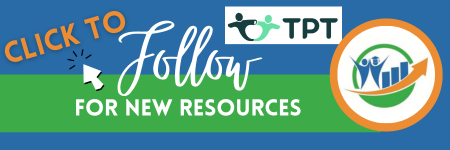Beyond the Grind: Four Reasons Curriculum Mapping is Worth the Effort
- Dianne McKinley
- Aug 5, 2024
- 1 min read

Curriculum mapping is a lot of work and I mean a lot. It is a tedious process that isn’t for the faint of heart. Sometimes, it can feel like just another thing to do. However, curriculum mapping is about the process, not the product.
Regardless if you are getting started with curriculum mapping or you are in the process, sometimes it is good to think about why curriculum mapping is important and how it helps teachers prepare for and provide powerful instruction for students. Here are my top 4 reasons curriculum mapping is beneficial.
1 | The curriculum mapping process creates a structure to centralize instructional resources for each grade level regardless of changes or additions to individual teams. If you’ve taught for a few years, you know the number of resources you start to collect can be overwhelming. If one member of a team finds something that’s great and becomes the “holder” of that resource when that individual changes teams for any reason the valuable resource often goes with them. The team and more importantly the students lose access to something of value. During the curriculum mapping process resources for grade-level teams should be centralized and stored for future use regardless of who the team members are. |
2 | The curriculum mapping process gives teachers guidance and a framework to build daily lessons. The curriculum mapping process is never really done, but once you’ve completed the initial plans, it should make daily lesson planning easier. Teachers should be able to pick up their curriculum maps and easily see which standards they are focussing on, which resources are available, and how students will eventually be assessed. All of this work is done, so teachers shouldn’t need to spend hours foraging for the just right resource, essentially, they should be able to pick up the map and decide what they want to daily with students. |
3 | The curriculum mapping process prioritizes collaboration time allowing teachers to focus on the exploration of resources and how students are responding to instruction. This opens the door for crucial conversations about how to personalize instruction for the students in their classrooms. It also means teams are given time to work together to solve problems and continuously improve teaching practices. |
4 | The curriculum mapping process creates a structure for analyzing student work and making adjustments to the curriculum, essentially setting the stage for data-driven decision-making. The goal is to identify what students need to learn and how we will know they’ve learned it. Most importantly though there should be collaborative problem-solving around what to do if students don’t. This is all the work that happens while using a curriculum map. It is critical that schools have regularly dedicated time in their schedules for teachers to look at student work, reflect on formative assessments, and adjust the curriculum maps. |
It’s easy to lose perspective in the heart of curriculum mapping, I hope drawing attention to these four critical benefits will help you stay focused on the necessity and benefits of curriculum mapping.
If you are interested in working with April Connelley, send an email to april@incompassingeducation.com.




